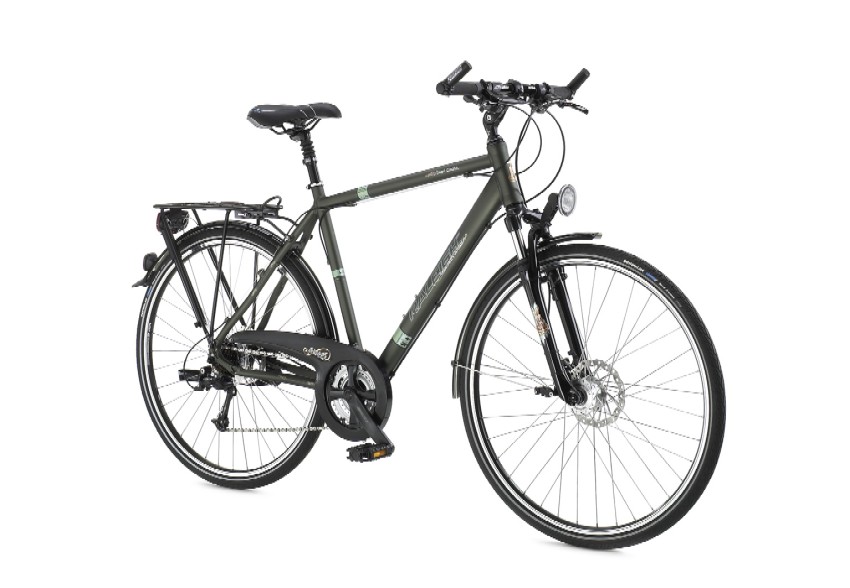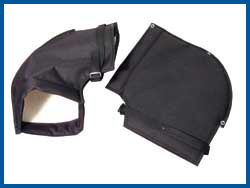 |
My bike :-)
 |
| 15° |
Cycling T-shirt | Cycling shorts | Thin socks | Trainers | |||
| 12° | " |
" |
" |
" |
Long sleeves | ||
| 9° | " |
Leggings | " |
" |
Jacket | Thin gloves |
|
| 6° | " |
" | " |
" |
" |
Ski gloves | |
| 3° | " |
" |
" |
" |
" |
+ muffs |
Long sleeves |
| 0° | " |
+ rain trousers | " | + rain covers | + hood |
" |
" |
| -3° | " | " |
+ thick socks | " | " |
" |
" |
| -6° | + 2nd. T-shirt | " |
" | " |
" |
+thin
gloves |
" |
| -9° |
Give
up and get the train :-( |
||||||

| Brake pads |
Tektro 'Auriga Comp'
compatible with: Shimano 'Deore', 'M525/515', 'M08' or 'BR-M495' |
| Rear gears |
8x; 11-30 teeth. |
| Front gears |
3x; 28-48 teeth, 170mm crank. |